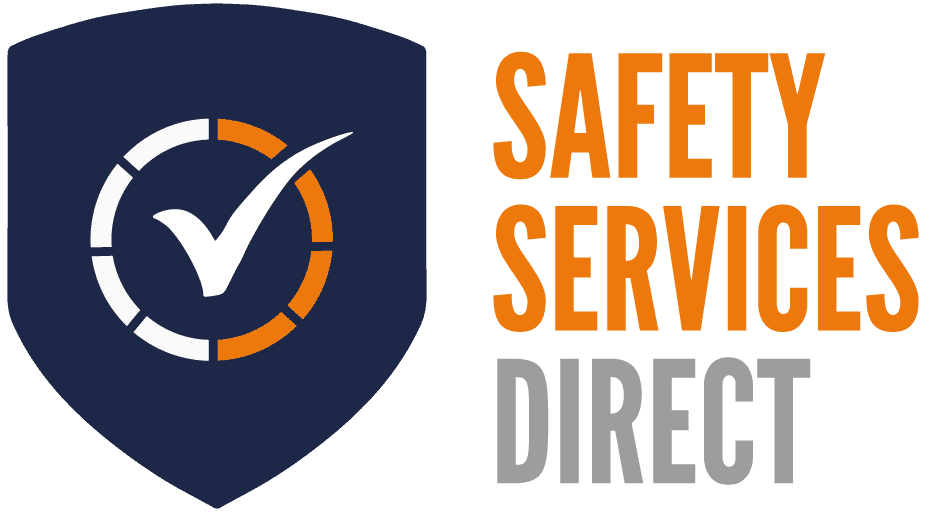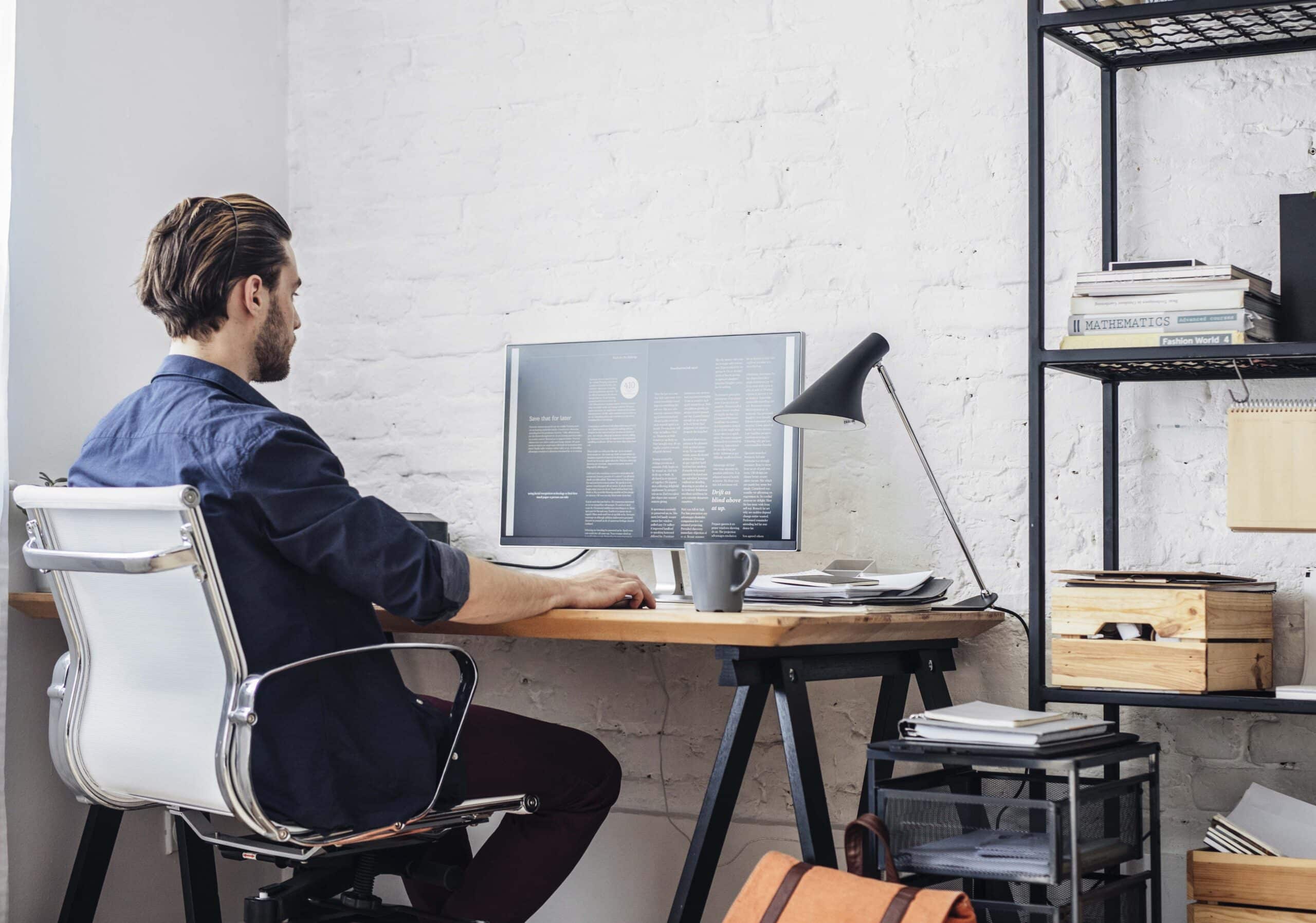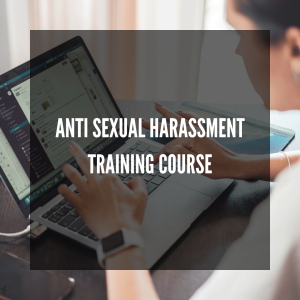Working from home has now become the new normal for many of us and businesses who didn’t even have a homeworking policy in place this time last month, have now had to implement one, where possible, in order to practice social distancing without compromising the productivity of the business.
Implementing a homeworking policy is not just as easy as providing employees with a laptop and a Skype account.
The safety of your workers is still your legal responsibility even when they are working from home so, just as you would if they were on the premises/site, you must conduct a risk assessment of their place of work and work set up.
There’s a whole heap of safety issues that you need to consider, assess and put measures in place for to reduce the risk of an accident/incident at home.
Homeworking Environment
Although your employees are familiar with their surroundings when at home, this doesn’t mean that there aren’t any hazards they need to be made aware of and protected from.
For example, the space that they choose to do their work must meet the same requirements as any other workplace – good ventilation and lighting, and a comfortable temperature.
Hence, working in an attic that has no natural light or ventilation would not be considered safe or healthy for your employee. They should use a space that has windows (which can be opened) and access to heating, so they can adjust the temperature of the room when required.
Another potential hazard that can be found in one’s home, are trip hazards – usually from toys or wires left laying around the room.
You should make your employees aware of the fact that keeping their work space clean and tidy is not just great for their productivity, but it will also reduce the potential for any trips, slips or falls.
Lone Worker Safety
Working from home means that employees are working alone, without any direct supervision, making them a lone worker. This presents its own set of health and safety issues that will need to be addressed in your homeworking risk assessment.
The biggest concern with lone workers is the isolation that they will experience from not being in a work space with their colleagues. It can lead to feelings of anxiety and loneliness which is not beneficial to their mental health.
Therefore, it’s important for you, as an employer, to ensure that there is regular communication with any employees who are working from home; whether it comes directly from you or from their colleagues.
You could give them a call at the end of every day just to check in on how they are getting on and give them the opportunity to ask any questions or address any concerns that they may have or set up weekly meetings with their team using Google Hangouts, Skype, or Zoom.
You should also make sure that they are included in any company-wide communication such as mass emails, even if you don’t think the information in the email will affect them directly because they are not in the office, it will make them feel included and keep them aware of what is going on within the company.
Being a lone worker also means that, if an accident were to take place, there is no one with them (in theory – they may live with a partner, friend, family member or roommate) to report the accident.
You need to set up a clear process for accident reporting for homeworkers, as you would if they were in a communal place of work, such as identifying their point of contact and providing a contact number for them, details of the accident that need to be recorded, and providing them with transport should they need to go to a hospital or doctor.
This is also the case when it comes to a lone worker who becomes unwell during working hours. Typically, the same process would be in place for an employee who falls ill outside of working hours and needs to notify someone that they won’t be going into work as a result, but you will need to clarify this to any employees who are working from home so that they are aware of who they need to notify and how.
DSE
Display Screen Equipment, DSE, is a workplace hazard and needs to be assessed and monitored to ensure the physical health of your workers.
When working from home, employees must set up their workstation correctly, otherwise they could feel the impacts with health issues, such as musculoskeletal disorder, over time.
Furthermore, spending long periods of time in front of a screen, such as a laptop, tablet or phone, can cause problems with eyesight and, even, headaches which is why regular breaks away from DSE should be encouraged.
One way in which to do this could be to set up a scheduled time for breaks for any employees who work from home, this ensures that everyone is aware of when that employee will be unavailable for meetings or calls, and it will make the employee feel less anxious about taking their breaks.
You also need to make sure that they have a comfortable work set up at home and, if not, this might be something that you supply them with if it could benefit their health or safety. Some examples would be a comfortable chair that encourages good posture and a desk at an appropriate height for working.
Mental Health
A big health and safety risk that often gets overlooked when discussing homeworkers, is their mental health.
As mentioned before, homeworkers are also lone workers, and this can feel very isolating and cause a range of mental health issues such as depression and anxiety.
The best way to support employees and reduce these feelings is to regularly communicate with them and keep them up to date with what is going on within the company.
Then, there is also the risk of stress that homeworkers often face due to the nature of working from home. By not having a separate space for work and home life, it can often mean that the two intertwine leading to employees working longer hours and not getting a chance to switch off from work, resulting in increased stress.
Some tips for preventing, or reducing, stress for homeworkers would be to:
- Advise them to take regular breaks, as well as their lunch break, throughout the working day to go outside and get some fresh air or just step away from their desk and do something else for five minutes.
- Ask them to work in a room, or space in the house, where they would not typically spend their time. For example, instead of working in bed or on the sofa, they could set up a work space in their dining room or in a spare room; this will make it a little easier to separate work and home.
- Don’t contact them outside of work hours. If they are a 9-5 employee, then don’t call or email them after 5pm or before 9am so they don’t feel obliged to respond and still do work during their personal time.
You can even take this one step further by telling them to turn off their work phone at the end of the working day and over the weekend, so they can truly switch off from work
You should also be careful not to put any added pressure on employees who work from home just because they are not under direct supervision.
It would be easier to assume that homeworkers are more productive because they don’t have the distraction of other people to talk to; however, this doesn’t mean that their targets should be higher or that their deadlines should be shorter; homeworking employees should be set the same expectations as their office-based counterparts.
First Aid
Homeworkers tend to be carrying out low-risk, office type work so no first aid equipment beyond normal domestic needs is required.
As part of our Working From Home Pack, we have created a thorough homeworking risk assessment template that is compliant with legislation and can be adapted to any size business in any industry.
It’s clear and easy to use so you don’t have to worry about producing these documents yourself during what is already a stressful and uncertain time for many businesses.
The pack also includes a DSE Online Training Course, Homeworking Training Course, Lone Worker Training Course and a FREE Homeworking Policy.
For more information on this pack, or any of our products, please call us on 0121 756 5768









